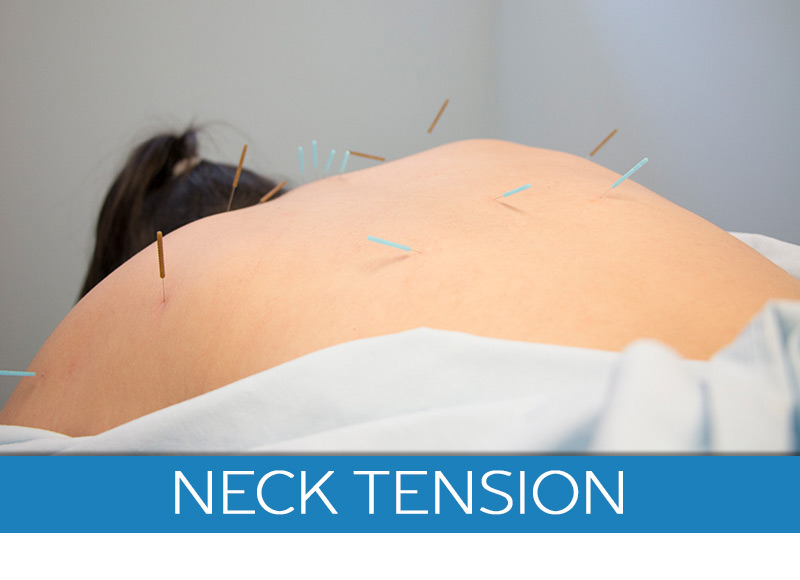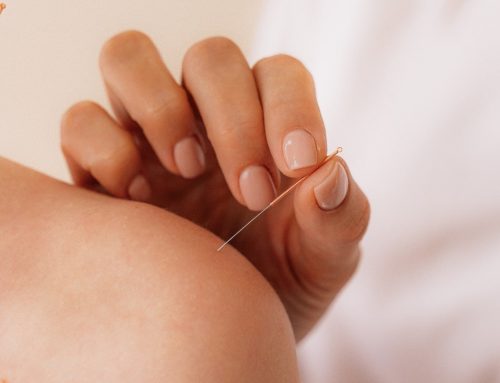Sub-occipital Headaches and Neck Pain
Millions of people struggle with headaches and neck pain. The common ailment can present itself in various forms, such as migraines, sinus headaches, or sub-occipital headaches. Though they may seem similar, it is very important to know which type of headache you are experiencing so that you can best treat the pain.
What are Sub Occipital Headaches?
Sub-occipital headaches are commonly referred to as tension headaches. They are related to the sub-occipital muscles, located just below the bottom of the skull, also known as the occipital bone. Pain stemming from sub-occipital muscles typically feels like a band wrapping around the head, starting in the back of the head and spreading to the ears or eyes. Sub-occipital headaches can be caused by a variety of common factors, such as straining of the eyes, poor posture, or acute injury such as whiplash.
Occipital Neuralgia
Sub-occipital headaches and neck pain can also be related to a condition called occipital neuralgia. Occipital neuralgia occurs when the nerves of the upper spine, which run up to the scalp, are inflamed or injured. Someone with occipital neuralgia will experience intense, sharp pains in the back of head or neck. They may also experience shock-like sensations, a tender scalp, or pain behind the eye.
There is no single cause for occipital neuralgia, other than pressure or irritation to the occipital nerves. This can be caused by an injury, tight muscles, or as a complication for conditions such as diabetes or osteoarthritis.
How to Treat Sub-occipital Headaches and Neck Pain
In order to treat sub-occipital headaches and neck pain, it is important to first talk to a doctor to get an accurate diagnosis. This type of headache is often mistaken for a migraine, and thus pain relief efforts may not be successful. When correctly identified, sub-occipital headaches and neck pain can typically be easily managed.
The first action you should take is to try and correct the root cause of the head ache. For many people, poor posture may be contributing to headaches and neck pain. When you slouch, the sub-occipital muscles need to compensate for the position and work to lift the head, putting extra strain on the muscles. So, taking up a yoga practice or otherwise working to improve your posture can help relieve some of the pressure from the sub-occipital muscles. Modifying your work station with a more ergonomic friendly chair to reduce neck and shoulder tension can also help relieve sub-occipital pain.
However, behavioral modifications are not the only way to relieve sub-occipital headaches and neck pain. Holistic treatments like dry needling are also an effective pain relief method. Dry needling can target the specific trigger points associated with the pain to relieve the tension and promote overall feelings of relaxation and wellness.
When left untreated, sub-occipital headaches and neck pain can be debilitating, but it does not have to be. If you are dealing with sub-occipital headaches and neck pain, try a holistic approach to treatment with a combination dry needling and lifestyle modifications for potent pain relief.







Leave A Comment